Britain’s longest-running automotive factory is General Motors’ Vauxhall facility in Luton, where vehicles have been built continually since 1905.
It may not build cars any more, but the 35-hectare site is now the jewel in the crown of Britain’s commercial vehicle-making industry.
This comes as the result of a £168 million investment to build a new generation of the Vivaro van, guaranteeing the plant’s future until at least 2025.
Luton, once home to the Viva and Vectra, is now Britain’s biggest commercial vehicle plant since Ford pulled Ford Transit production out of Southampton in the middle of last year.
Significantly, the amount of raw material and parts supplied locally for the Vivaro has also been raised to 40 per cent (up from 25 per cent), boosting the cash spent with UK-based companies by £60m a year.
While van making may not sound glamorous, the manufacturing challenges match those of a car. It also requires equal engineering expertise and stretches the workforce in the same ways.
Luton is also a true manufacturing plant, taking raw steel coils from Tata Steel’s British mills into a press shop where panels are bashed out in traditional style before being welded into bodies, painted and assembled into final vehicles.
All this is done to the same quality standards present in any of GM’s global car plants, despite Luton having to be sufficiently flexible to build 102 body variants.
These different versions add up. There are multiple options for long and short-wheelbase platform lengths, van or minibus side panels, van or minibus floor panels, side-loading doors on the right, left or both sides and twin or single rear tailgates.
“We have to cope with considerable variety on our line and deliver a high level of quality that would no doubt surprise many car drivers,” says Mike Wright, the Luton plant manager.
Production tolerances such as panel gaps are catching up with cars, too, which means a higher level of accuracy in the press and body shops, and during final assembly.
“Vans used to have lesser tolerances, such as 6mm, but now we’re talking a fit of 2mm on some panels,” says Wright.
Luton, which employs 1200 workers, is gearing up for increased production ahead of the Vivaro’s launch this month. The initial plan is to build around 45,000 a year on a single shift, with around half of those going overseas.








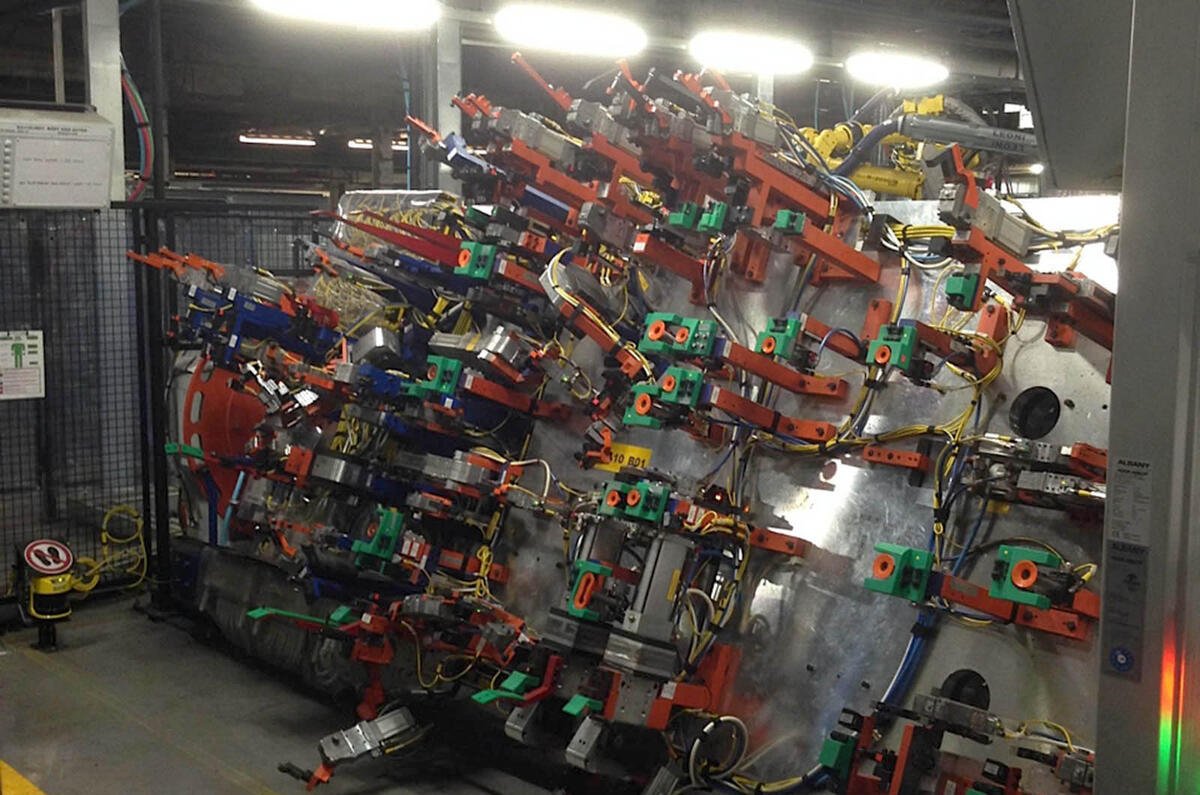






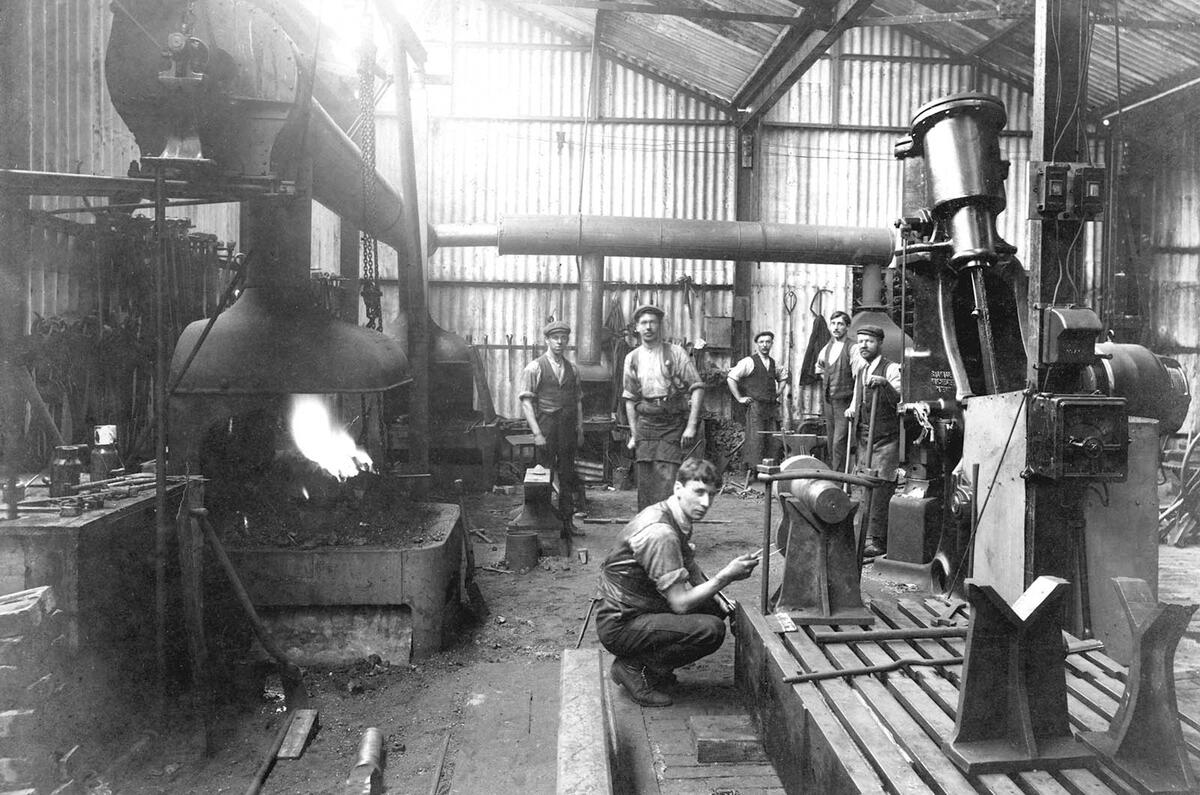


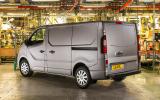
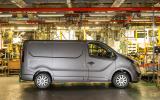





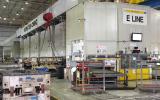

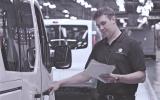







Join the debate
Add your comment
Designer may be British
Vauxhall Designers
not yet